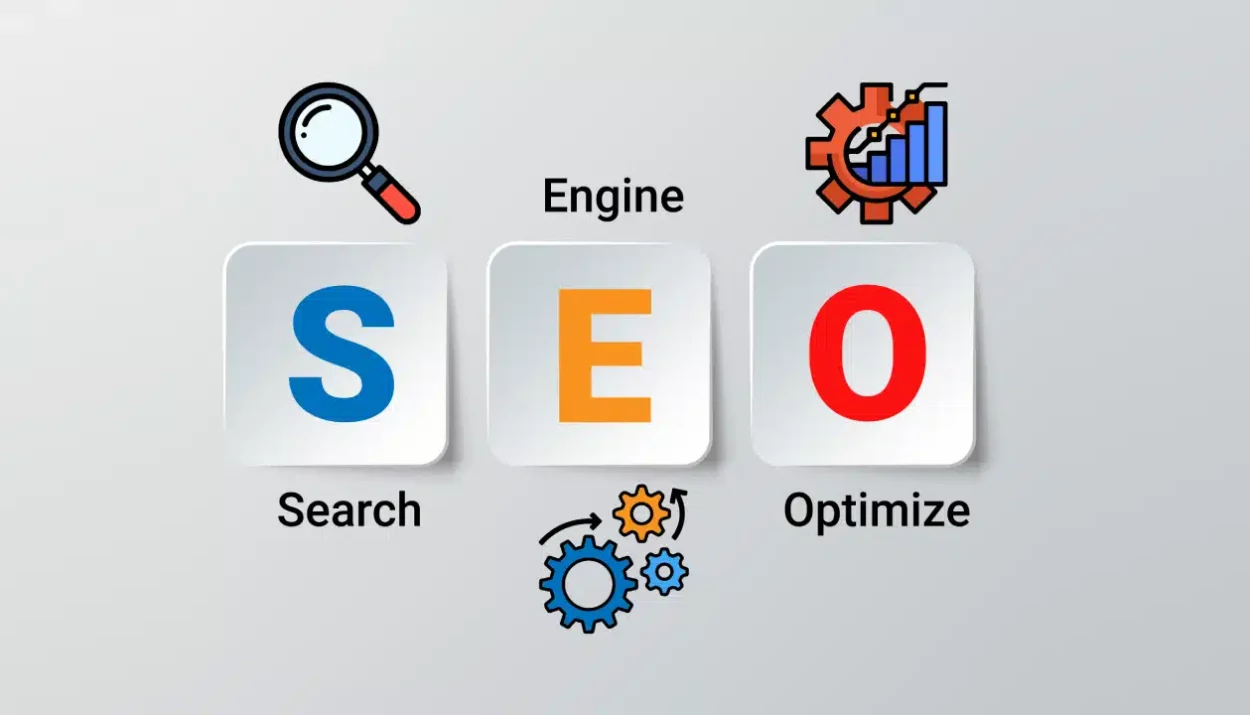Introduction
Search engine optimization (SEO) can make or break your website’s visibility. While many focus on content and backlinks, even small SEO errors can seriously damage your rankings. In this guide, we’ll walk through 12 common SEO mistakes that could be sabotaging your search performance—and how to fix them.
1. Missing or Duplicate Title Tags
Why it matters: Title tags tell search engines and users what a page is about. Missing or duplicate titles confuse both.
How to fix: Use tools like Screaming Frog or SEMrush to find missing or duplicate tags. Ensure each page has a unique, keyword-optimized title.
2. Broken Links (Internal & External)
Why it matters: Broken links frustrate users and reduce crawl efficiency.
How to fix: Use Broken Link Checker, Ahrefs, or Google Search Console to find them. Replace, redirect, or remove broken links.
3. Slow Website Speed
Why it matters: Google prioritizes fast-loading sites. Slow sites increase bounce rate.
How to fix: Use Google PageSpeed Insights or GTMetrix. Optimize images, use a CDN, enable caching, and minimize JavaScript.
4. Poor Mobile Optimization
Why it matters: Google uses mobile-first indexing, and a poor mobile experience harms rankings.
How to fix: Use Google’s Mobile-Friendly Test. Implement responsive design and ensure buttons, fonts, and layouts work well on smaller screens.
5. Duplicate Content
Why it matters: Duplicate content can confuse search engines and dilute ranking signals.
How to fix: Use tools like Copyscape or Siteliner. Add canonical tags, consolidate pages, or rewrite content.
6. No HTTPS (Security Issues)
Why it matters: Google gives ranking preference to secure (HTTPS) sites.
How to fix: Install an SSL certificate through your hosting provider and redirect HTTP traffic to HTTPS.
7. Missing Meta Descriptions
Why it matters: Meta descriptions influence click-through rates and can enhance snippet visibility.
How to fix: Write compelling, keyword-rich meta descriptions for each page. Use tools like Yoast SEO to manage them easily.
8. Improper Use of Header Tags (H1, H2, H3…)
Why it matters: Header tags help structure content and guide search engines through page hierarchy.
How to fix: Ensure each page has one H1, with logical use of H2-H4 for subtopics. Avoid skipping levels or stuffing keywords.
9. Keyword Stuffing
Why it matters: Overusing keywords leads to poor readability and potential penalties.
How to fix: Use keywords naturally. Incorporate synonyms and semantic keywords. Focus on creating value-rich content.
10. Lack of Internal Linking
Why it matters: Internal links help distribute authority and guide users through your site.
How to fix: Strategically link to relevant blog posts or service pages using descriptive anchor text.
11. Not Optimizing Images
Why it matters: Large or unoptimized images slow down your site and miss SEO opportunities.
How to fix: Compress images using TinyPNG or ShortPixel. Use descriptive alt text for accessibility and SEO.
12. Ignoring Schema Markup
Why it matters: Schema enhances how your listings appear in search results (rich snippets).
How to fix: Add structured data using tools like Google’s Structured Data Markup Helper, or plugins like Rank Math or Yoast.
Bonus Tip: Run an SEO Audit
Use tools like Ahrefs, SEMrush, or Google Search Console to perform regular audits. These tools can uncover hidden issues and offer step-by-step recommendations.







